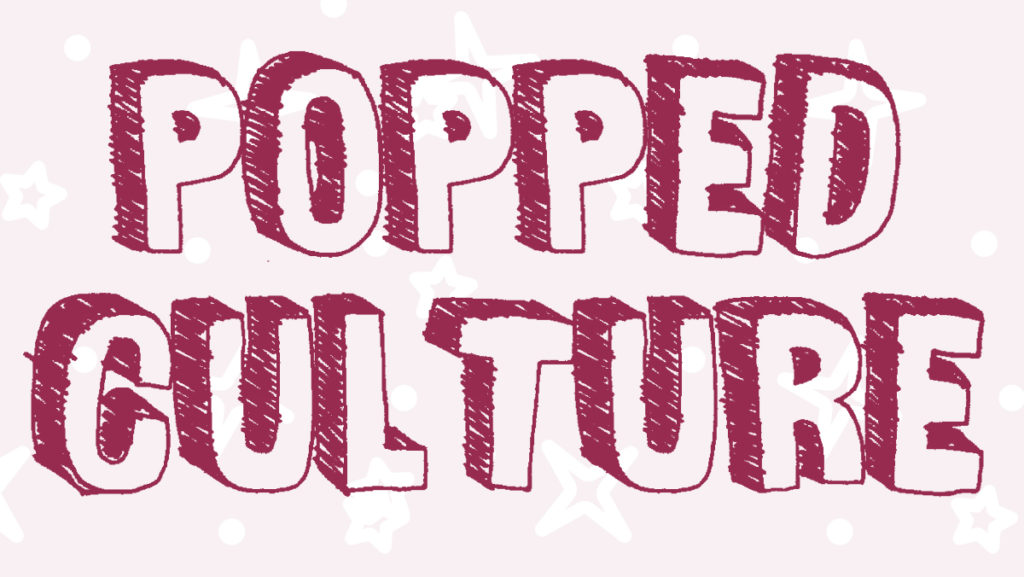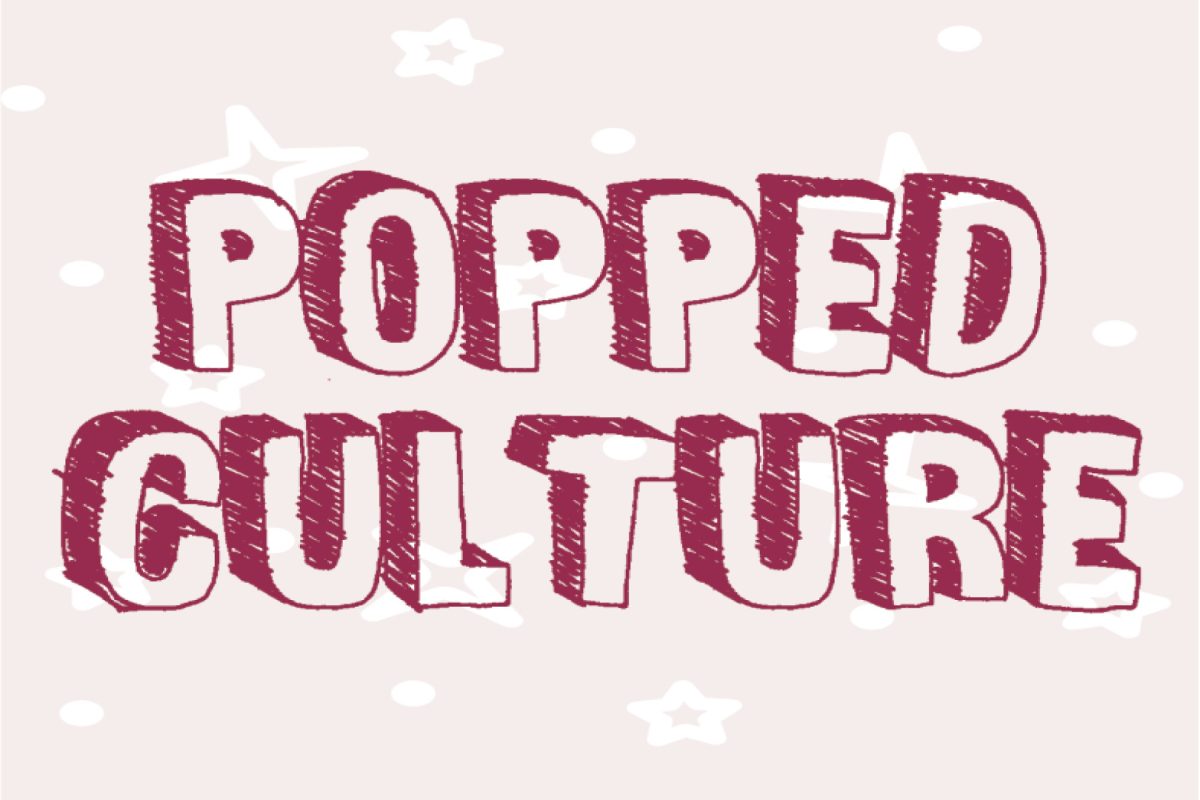Ever heard the quip that the Black guy always dies first? Being the only Black person in most of my close friend groups, I have gotten into the habit of cracking jokes about this. If we were to find ourselves in a classic teen horror flick, the majority of horror film history dictates that I would be the first to go. It’s morbid, sure — but in horror movies, being any sort of ethnic minority, especially Black, is a mark of death.
Victims of this trope include Private Frost (Ricco Ross) from the 1986 “Alien” sequel “Aliens,” the biology teacher Roy Hanson (Glynn Turman) from “Gremlins” and an unnamed homeless Black man in “American Psycho.” Out of all of these, the death of the homeless man is particularly upsetting for me. There is a long-documented history of violence against homeless people, and a massive 40% of the homeless population in America is Black.
It is no secret that Black people have had a tumultuous history in the horror industry. Even when the Black character doesn’t die first, there is never much substance to them anyway. Often, the token Black character just stands around to aid in the white protagonist’s journey, as in the case of the Black mystic trope. This trope involves a mysterious Black person who appears with a slew of unexplainable powers and protects the white protagonists along their journey.
There have been periods throughout horror movie history when the treatment of Black people was improving, but we always seem to come back to the same old racism. A shining example of one of these eras was from the 1960s to the 1970s, when movies like “Blacula” and “Night of the Living Dead” featured Black characters in prominent roles and made thought-provoking statements about the Black condition in the United States. But by the time the 80s rolled around, that progress dissolved and we went back to our old, discriminatory, trope-riddled ways.
Right now, we find ourselves in a similar horror era that many people are referring to as a Black horror renaissance. Films like Jordan Peele’s “Get Out” and “Us” and the 2020 movie “Black Box” are all fantastic examples of how to use the horror genre to appeal to the entirety of the Black experience. These movies work to reclaim the genre and use it as a way to fight against discrimination and racial violence.
“Us” reflects on the concept of the American nightmare, which civil rights activist Malcolm X talked about in his 1964 speech “The Ballot or the Bullet.” He said, “I’m speaking as a victim of this American system. And I see America through the eyes of the victim. I don’t see any American dream. I see an American nightmare.” “Us” focuses on a middle-class Black family whose lives are derailed when their perfect California vacation gets crashed by government-made clones who want to steal their lives. The symbolism here is palpable.
The most recent Black-centric horror film “Black Box” continues the conversation, navigating the racial tension gracefully. “Black Box” is a little different, however, mainly because it focuses on reconciling with individual identity within oneself. The film follows Nolan (Mamoudou Athie) who lost his wife and memory in a car accident. Nolan grapples with rediscovering his lost identity and sets out to regain his memories.
Black people have fought for an identity in this country for generations because, for many of us, our culture was ripped away from us when we were brought here. Even today, we still have to deal with people appropriating Black hairstyles, music, fashion and more. So it isn’t hard to see why one of the scariest things for a Black audience would be the complete loss of one’s identity.
Reasons that the horror industry has had such a difficult time including Black people in the past are the inherent cultural differences between Black people’s core fears and white people’s core fears. As the Shudder original documentary “Horror Noire” highlights, society itself is a terrifying place for Black people, and the true terror comes from living in a world where your life isn’t valued because of the color of your skin.
The majority of horror films explore situations like the psychotic killer that infiltrates a pristine suburban home to kill a beautiful, young white virgin, like in “Halloween.” There is nothing wrong with these types of films or with liking them, but it is important to understand that movies like “Halloween” and “A Nightmare on Elm Street” don’t cater to the fundamental fears of the Black community. But films like “Us” and “Black Box” intentionally portray Black fears, which in turn allows Black people to feel included.
Considering the other brief periods of change in horror history, there is a terrifying chance that game-changers like “Us” and “Black Box” will simply fall into obsolescence. Only time will tell if horror will continue to shatter convention or if the genre reverts to its old ways in a few short years.





